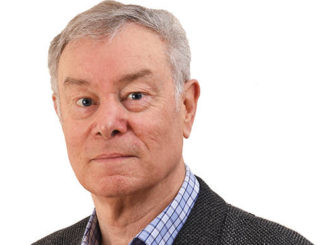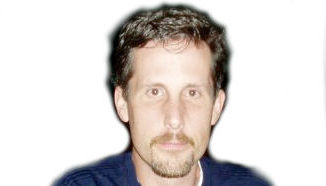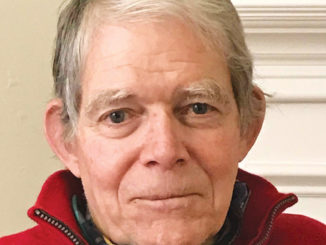My parents are 79 and 81. Recently they’ve been going through some issues attributable to age and cancer. While they currently live in Brampton, our family spent more than 20 years in a house around the corner from Edwards Gardens, not too far from where I now live in Leaside.
The process of dealing with my own parents’ failing health got me thinking about the 2,700 or so people, 65 or older, living in Leaside.
Do they have adequate resources? Where will they go if they can no longer look after themselves? Can they stay in the neighbourhood or do they have to look elsewhere?
Countless questions that I’m answering for my own family must be on the minds of other grown adults, living in Leaside with parents elsewhere or living elsewhere with parents in Leaside: Basically, how do you make things as comfortable as possible?
According to Statistics Canada, 92 percent of Canada’s seniors currently live at home. While I have no empirical evidence, I suspect the number is even higher in Leaside. If we assume it’s 95 percent in Leaside, that would mean approximately 135 people are in a facility of some description, whether it be the assisted-living retirement residence at 921 Millwood with 56 beds (which does provide long-term and palliative care for residents wishing to stay) or Suomi-Koti at Eglinton and Laird, which accommodates approximately 140 people in 88 assisted-living suites on six floors, as well as 34 long-term care beds on the seventh floor.
Suomi-Koti is operated by the Toronto Finnish-Canadian Seniors Centre and one must apply to its board to be approved for residence. Most people currently living at Suomi-Koti are either Finnish or Estonian.
So unless seniors in the area are prepared to learn Finnish, Leasiders likely have just one choice in the neighbourhood, meaning some long-time residents will have to look outside the area to find accommodation.
Facilities exist over in Thorncliffe (Revera), on Mt. Pleasant Rd. (Briton House), Davisville Ave. (Salvation Army) and Yonge/Eglinton (Dunfield Club), but other than the two mentioned previously, nothing is immediately available in Leaside.
Vicky Harris, the director of care for 921 Millwood, and Martha Russell, owner of Integracare, a provider of in-home and in-facility private health care services, both have extensive experience in the health care industry, and both feel the needs of seniors in Leaside are being met at present.
However, the reality is that there is a shortage of long-term care beds province-wide. With the seniors population in Ontario expected to double to 4.2 million by 2036, the system is overburdened and getting worse.
Leaside, while coping today, will likely face serious challenges beginning in 2021, as the first of the baby boomers hit 75 years of age.
So, what does that mean for Leaside?
Currently, there are approximately 4,205 people in Leaside between the ages of 50 and 69. About 90 percent will turn 75 between 2021 and 2036.
While government projections expect the seniors population boom to ebb by 2036, it’s vital that the development we are currently experiencing in Leaside incorporate seniors housing. Having more assisted-living and long-term care options right in Leaside (the closer to Bayview the better) is the best way to ensure Leasiders remain in the area.
I’m currently exploring all options with my parents. I know that if they can swing it, they would rather live in an apartment paying for in-home care several times a week. Independence is something most of us take for granted until one day it’s suddenly gone. In the coming years it’s vital that all of us in Leaside, especially those in our prime working years, consider the type of seniors housing we’d like to see built in the community. After all, if we don’t start now, we’ll end up playing catch up just like we have with our transit system.
And we all know how that’s turned out.





